Is a dish a gratin if you bake it in a gratin dish? Well, hardly. But once I poured this mixture of crimini mushrooms and fresh spinach into the gratin dish and sprinkled the top with Parmigiano-Reggiano cheese? Well, it became a gratin in my book, even though it wasn’t in the recipe title.
Immersing myself in planning a dinner party is always fun for me. Am I weird? My first decision is always what meat I’m serving, then everything else widens the circle of tastes for the dinner. One of our guests is bringing an appetizer – probably two since she wants to try something new. Another couple will bring a salad. So I’ll round out the meal. My focus this day was on deciding on vegetable sides, and my darling DH and I were driving somewhere and I was giving him a heads-up about the menu [oh, mistake]. He asked what sides I was going to make and I told him I hadn’t decided yet. He said, just make veggies you know and like. How about those brussels sprouts with maple syrup? I said no, I’ve made those about 3 times in the last couple of months. And I mentioned that not everyone likes brussels sprouts. He said – he said – oh, you don’t want to know what he said – he has no understanding of anybody who doesn’t like them! I told him I was going to make a Gorgonzola sauce to go on the beef tenderloin. He said, am I barbecuing it? I said no, I’m going to pan sear it and roast in the oven. Why not let me rotisserie it? I said no, I didn’t want to rotisserie a very expensive beef tenderloin. (Too risky in my book.) I could tell he was starting to get a little annoyed. I should have changed the subject right then, but we kept going. He got back to the sauce – he said to my thought on a gorgonzola sauce – what? No, that’s too heavy. I said no, I didn’t think so. He said yes, I’ve had a blue or Roquefort sauce on steak once that just masked the taste of the steak, and I want to taste the steak. Then he said oh, what’s the other sauce I love, uhm, what is that one? I said no, I’m not making a Bearnaise sauce. (He loves-loves Bearnaise sauce, and I’ve made it innumerable times, always with a butterflied leg of lamb. And over asparagus a time or two. But that last couple of times I did make it it didn’t turn out well. It separated. I followed the same recipe I’ve always done, yet it failed me. So I wasn’t going to make that one – I don’t think it goes so well with beef anyway.)
That kind of conversation is why I normally don’t discuss menus with him. One of the things I love about him is that – usually – he lets me do whatever I want for every meal I cook. I like that. I like making dinner decisions because I’m the one cooking it. Always. Dave doesn’t cook except to grill. My decision is that I’m going to make a cabernet wine sauce, but I’m also going to offer some nice, Point Reyes blue cheese for guests to sprinkle on the filet if they choose. I really did think about making two sauces, but that’s too darned much work.
The night after I made this vegetable dish my DH came up to me as I was going back and forth from my computer (looking at Eat Your Books to find a dessert sauce for the cheesecake) to my cookbook shelves about 10 feet away, and he asked me what I was doing. Are you still working on vegetables? I said no, I was on to dessert now. So which veggies have you decided to serve? I said both of the ones I tried (the other one is a baked onion dish coming up here on my blog in a day or two). Then I told him I’d decided to make a cabernet sauce for the steak and . . . right then he interrupted me and said honey, you serve whatever you want. I always love whatever you cook so don’t pay any attention to me. Hmmm.
Anyway, I enjoy the searching for recipes, and wanted to try some new veggies to go with the beef. Recently I was doing lots of filing of recipes I’ve clipped from here and there, and found at least 20 I want to try. But this one came from reading blogs (Food52, specifically). Apparently it’s a recipe from Nigel Slater. I believe this dish is intended as a vegetarian entrée, although I really don’t know since I don’t have the book from which this came. The cookbook is Tender: A Cook and His Vegetable Patch. (There are 2 volumes to this – this recipe is in the 1st volume, linked here.) I think Nigel did call this a Gratin since I found some references to it online, in other places. What drew me to the recipe was how simple it was. Crimini mushrooms quartered, sautéed in some butter until they’ve given up their juices, white wine added and cooked off, then a little cream and milk added in and stirred around. It’s suggested that if time permits, allow the ‘shrooms to sit and vegetate in the cream for awhile – the cream becomes much more mushroomy. I did just that. Meanwhile, I steamed the spinach – that took about 2 seconds, squeezed out the water and then I added the spinach into the reheated mushroom mixture. A little bit of grated Parmigiano was added in then, and it was all tipped into a gratin (there’s that word) dish. There’s very little creamy mixture (it’s cream and milk). More cheese was grated all over the top and into an oven it went for about 25 minutes. In my version of the recipe below, I have added more cheese – there was barely enough to get crispy brown in the Food 52 version I made (see photo at top).
What’s GOOD: everything about this. It’s easy, really tasty, elegant – particularly elegant when you consider how easy it is to make – no sauce to make. The chunks of mushrooms have a great meaty feel (which is why this can be served as a vegetarian entrée). The cheese adds a particularly wonderful nutty taste, as Parmigiano always does. If you do make this as a vegetarian dinner, serve it over toast or English muffins and pour all that cream stuff on it so you get all the nuances of mushroom flavor.
What’s NOT: nothing other than the cream mostly runs off. It coats all the veggies, but it isn’t thickened, so it doesn’t hold together like one made with a cream sauce. It probably could be done with less cream altogether in that case!
printer-friendly PDF (created using CutePDF Writer, not Adobe)
MasterCook 5+ import file – right click to save file (and remember where you put it), run MC, then File|Import
* Exported from MasterCook *
Spinach, Mushrooms and Cream Gratin
Recipe By: Nigel Slater’s “Tender,” adapted at Food52
Serving Size: 8
1 tablespoon unsalted butter
2 tablespoons olive oil
1 pound crimini mushrooms — cleaned and quartered lengthwise
1/4 cup white wine — vermouth is fine
3/4 cup heavy cream
1/2 cup whole milk
1 pound baby spinach
1/2 cup parmesan cheese — grated (use more or less to suit your taste)
Salt and freshly ground black pepper to taste
Note: You won’t eat most of the cream – it coats all the vegetables, but most of it ends up in the bottom of the gratin dish, so the nutrition info is high. This makes 8 side-dish servings or 4 entree sized portions. If made as a dinner entree, thicken the sauce with a little cornstarch and serve this over toast or toasted English muffins.
1. Preheat the oven to 350°. Warm butter and olive oil in a medium-hot saucepan, then add the mushrooms. Stirring occasionally, saute the mushrooms until some of their liquid cooks away and they start to brown. Add the white wine and simmer for a couple of minutes. Most of the wine will bubble away in the steam in a matter of a minute. Don’t wait quite that long. Add the cream and milk and let simmer for several more minutes. Turn off the heat. (If you have time, leave this to steep; the cream and milk will get wonderfully mushroomy.)
2. Wash the spinach well and put in a saucepan over medium heat. (If you use pre-washed spinach, add it to the pan and drizzle in about 2 T. of water.) Cover the pan and let the spinach steam for just a couple of minutes – only until it’s all wilted. Then drain it and squeeze the water out.
3. Add the spinach and a couple tablespoons of parmesan to the mushroom-cream mixture. Taste and season with salt and pepper and transfer to a shallow baking dish. Rearrange the spinach if it has clumped together. Sprinkle the remaining parmesan on top. Bake for about 25-30 minutes or until golden. (If the cheese melts but does not crisp, run it under the broiler for several minutes.)
Per Serving: 170 Calories; 15g Fat (80.5% calories from fat); 4g Protein; 4g Carbohydrate; 1g Dietary Fiber; 40mg Cholesterol; 112mg Sodium.





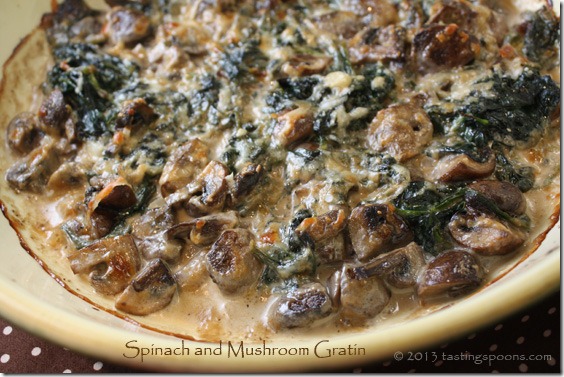

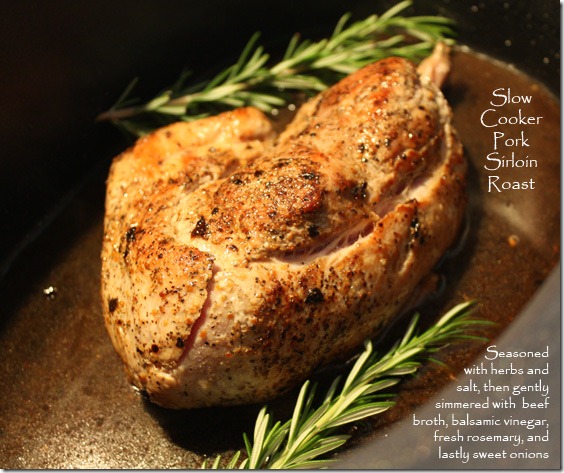
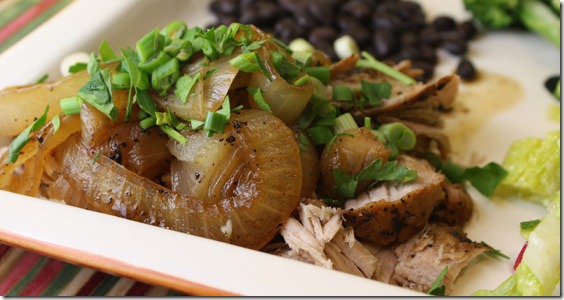
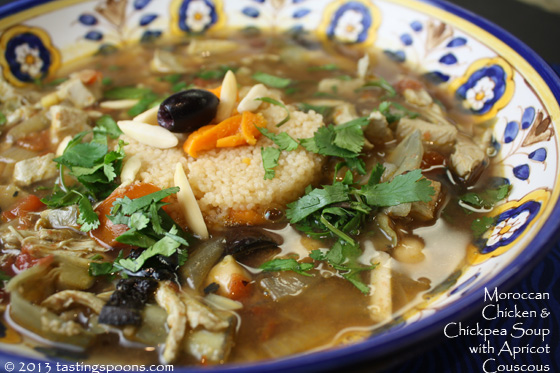
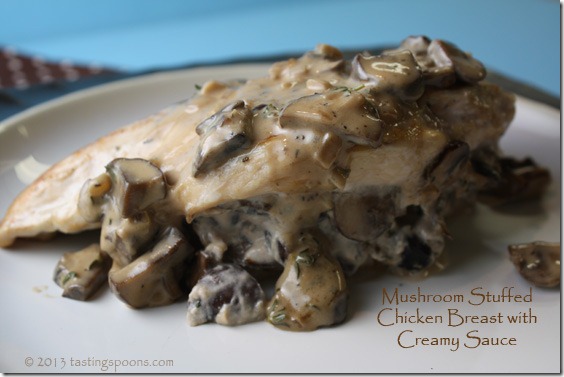
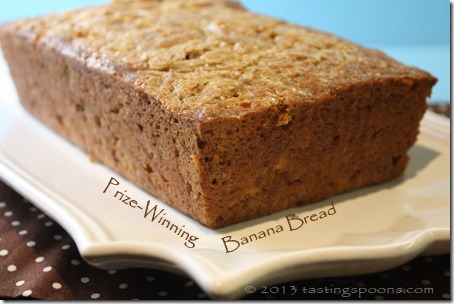

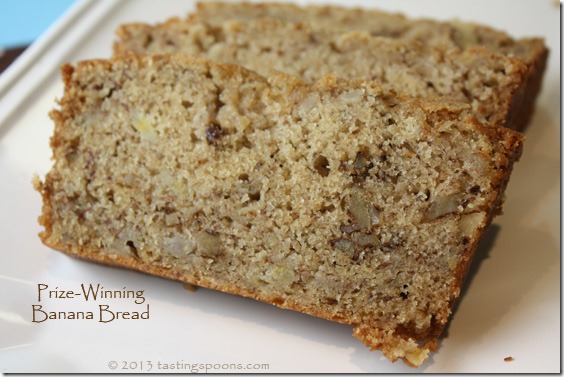



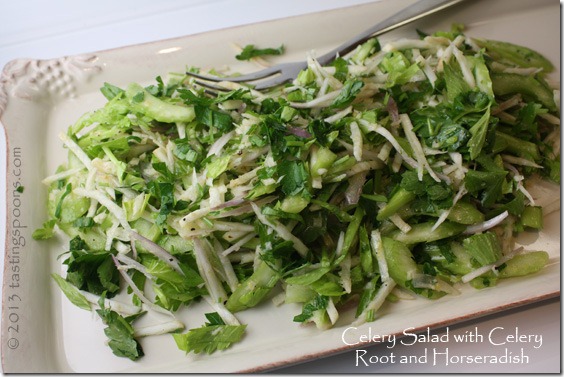
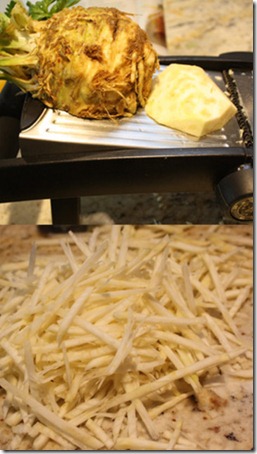
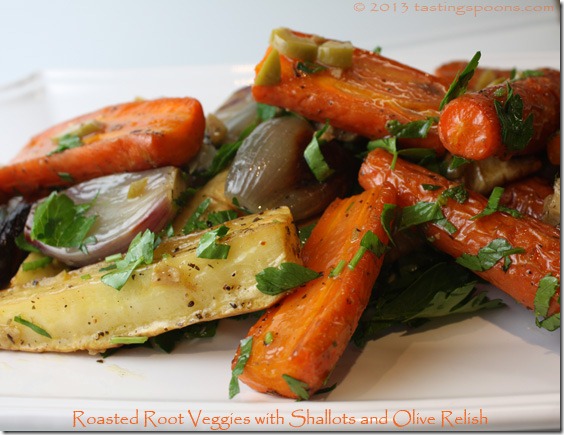
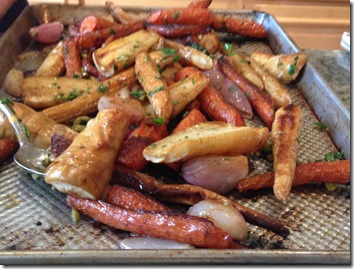
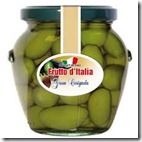
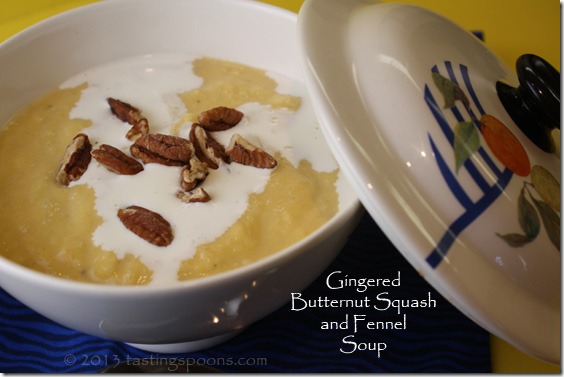
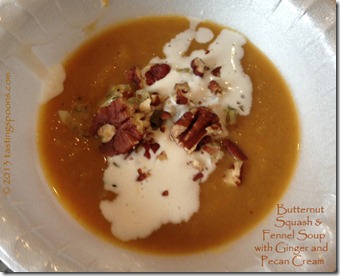
Leave a Comment!